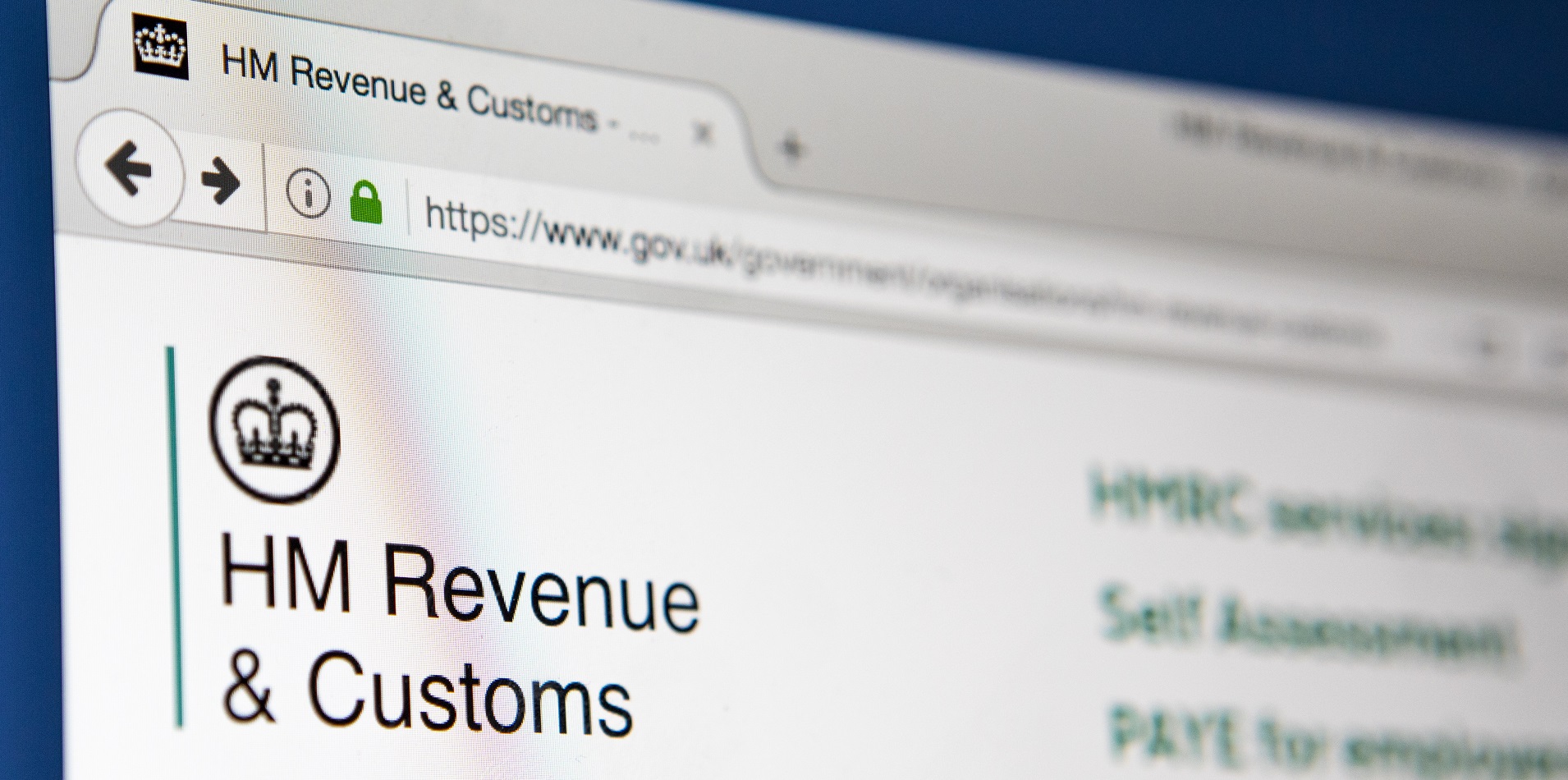
Harrison Drury’s Lucy Beachel provides helpful guidance for businesses preparing to make a claim using HMRC’s dedicated CJRS online portal.
Last updated April 27, 2020
The Coronavirus Job Retention Scheme (CJRS) is a government scheme whereby employers, who would have been forced to lay off workers as a result of the coronavirus pandemic, are able to ‘furlough’ workers during the affected period.
Employers then obtain access to HMRC’s dedicated CJRS online portal to record an employee’s status as ‘furloughed’. Once this is done, employers can claim back a maximum of 80% of furloughed employees’ usual monthly earnings or £2,500, whichever is the less, plus Employer National Insurance contributions. The portal to submit claims went live on April 20, 2020.
Further details regarding the scheme can be found in our blog post: The Coronavirus Job Retention Scheme – Guidance for employers
With payments expected to start on or around the April 30, 2020 employers are encouraged to ensure they prepare now to make the whole process of claiming is as straight forward and efficient as possible.
Getting prepared to make a claim
Below is an easy-to-follow checklist to help prepare for making claims using the online portal.
You will need:
1. The relevant bank account number and sort code for HMRC to use to reimburse the claim.
Many businesses have several bank accounts. To keep a better identifiable record of furlough payments coming in, some businesses might want to think about which account would be best to use. It would be prudent to discuss options with accountants and, if you haven’t already had these conversations, it is strongly recommended that you do so as soon as soon as possible.
2. The name, job title and contact number of the person you would like HMRC to contact in the event of any queries or questions.
This person(s) will need to have sound knowledge of, and ready access to, all relevant information within the business. Many businesses will nominate a payroll or HR representative as this person as they will have access to the required information.
Have a think about what would work best for your business and who is best placed to perform this critical function. This person must not have been furloughed.
3. Your Self-Assessment UTR (Unique Tax Reference), Company UTR or CRN (Company Registration Number).
Your payroll department and/or accountant should have this information.
4. The name, employee number and National Insurance number for each of your furloughed employees.
All businesses should have maintained an accurate and up-to-date record of all employees who have been furloughed. It would also make practical sense to store the above information in the same document if you haven’t already done so.
Make sure it’s all stored electronically and securely as this will be invaluable for claims and to evidence actions should there be any audit activity in future.
5. The total amount being claimed for all employees and the total furlough period.
Employers can claim a maximum of 80% of the employee’s usual wage, up to a maximum of £2,500 per month. For further information about how the CJRS works: Coronavirus Job Retention Scheme
Make sure your calculations are correct as any errors may likely result in delays.
6. Draft updated correspondence to send to employees who have been furloughed.
As an employer, you are duty bound to keep furloughed employees updated at all times in respect of payments during the furlough period. For some employees, standing orders and direct debits are going to be affected during furlough periods. The more information you can give to employees about when they are likely to be paid, the amounts payable, and any other relevant information, the better.
If preferred, and to ensure you are remaining compliant with your employer obligations, Harrison Drury can provide template documents for you use to prepare the necessary correspondence.
It is important that employers have all the necessary earnings information for furloughed employees ready to relay to HMRC. It is likely that tight documentation will be required to meet any audit requirements which are expected further down the line.
What does a business need to take into account regarding the salary payments?
The government has published updated guidance to assist businesses in calculating what is to be included and excluded when calculating salary payments.
How long will it take for the money to land into the designated account?
The HMRC has forecasted a six working days’ turn-around from application to receipt of the funds.
To help support as many businesses as possible, the HMRC has asked businesses not to contact them during this waiting period. However, in case there are any issues with their systems, the HMRC have asked businesses to keep hold of their claim reference numbers and retain the calculations that form the basis of your claims in case further information is required.
How long is the scheme available?
As we currently do not know how long the coronavirus pandemic and its extensive effect on businesses will last, the government is unable to accurately predict how long this scheme will be available.
The HMRC has said that the “scheme will continue to be monitored to ensure people and businesses can get back to work as soon as it’s safe to do so to drive UK economic recovery”, therefore further developments to the scheme and how it is applied are expected.
These developments will take into account any wider measures to reduce the spread of coronavirus and the responsible management of the public finances.
Warning against fraudulent claims
It is intended that payments will be made within four to six working days of submission on the portal to provide HMRC the opportunity to test for fraudulent claims.
Employers who do not understand the rules of the scheme, or have not sought legal advice prior to furloughing staff, may unknowingly have failed to comply with the rules of the CJRS, and may risk investigation and enforcement action by the government. It is therefore strongly recommended to seek legal advice as soon as possible in order to comply.
For further details regarding the risk to businesses that contravene the scheme please read our supporting blog posts:
- Coronavirus Job Retention Scheme: Warnings against fraudulent claims
- Businesses risk criminal prosecution if they contravene government’s job retention scheme
If you need help to prepare the required information and to access the portal to make a claim under the scheme, or to receive general employment advice, please contact Harrison Drury’s employment law and HR team on 01772 258321.

